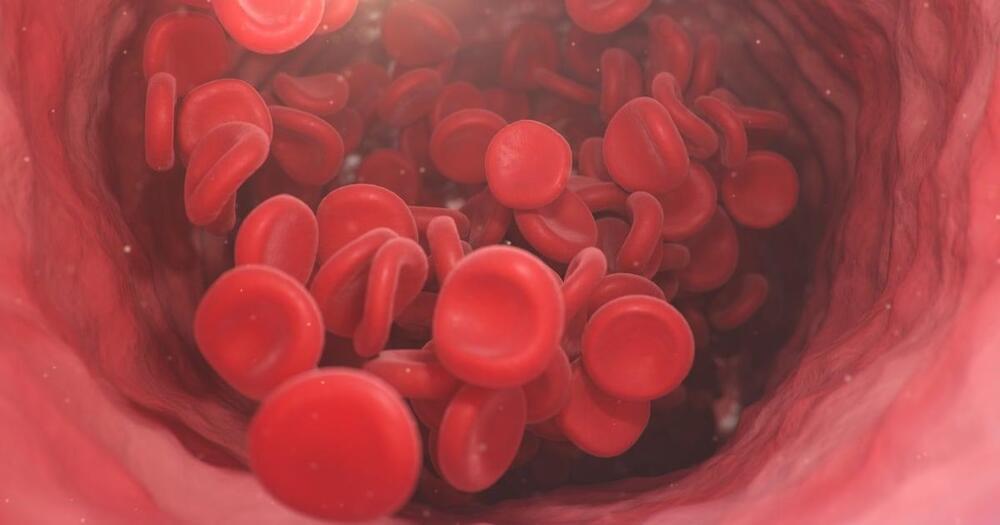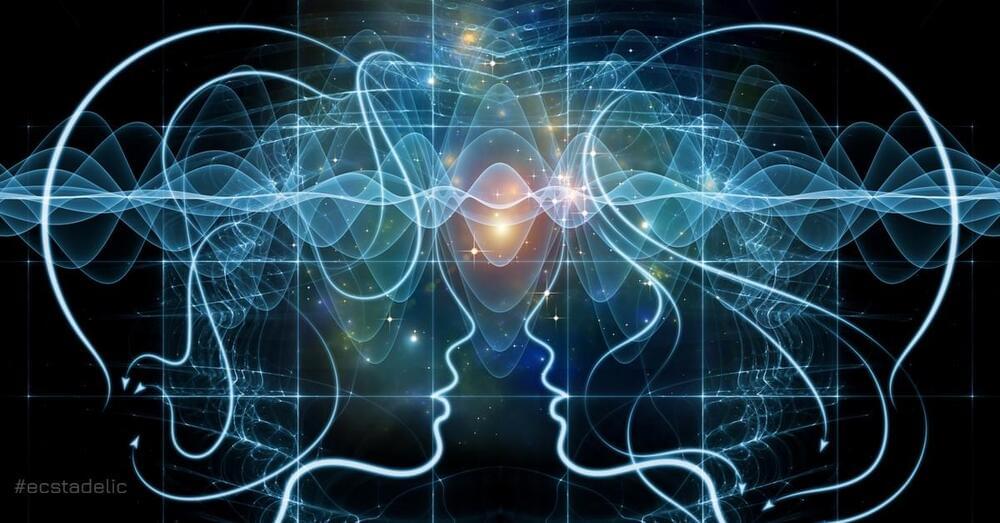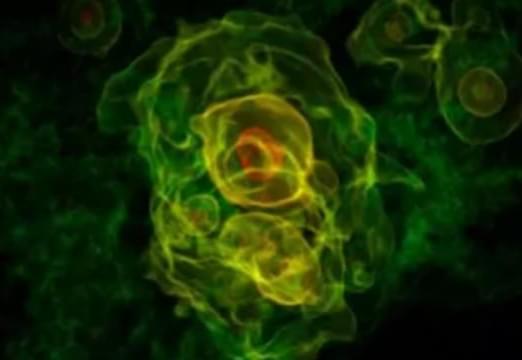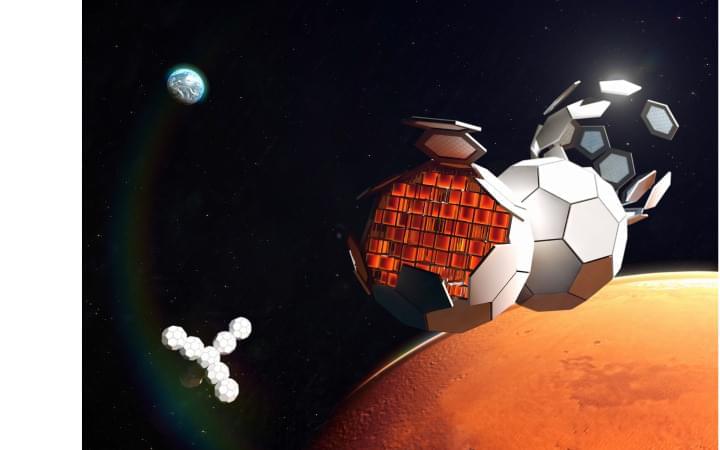Google has developed a discrete time crystal on a quantum computer. However, claims that it violates thermodynamics are untrue.


With the constant evolution of data science, you need to be skilled in cutting-edge technologies in the field. In this article, we will look at the top programming languages used in data science.
Data has become enormously valuable in the last decade.
Every big company out there has valuable data that, with the help of a good data scientist, can benefit the way they do their business. In other cases, pinpoint strategies that may not be working that well.

People with type O-blood are considered “universal donors” because their blood doesn’t have any antigens or proteins, meaning anybody’s body will be able to accept it in an emergency.
But why are there different blood types? Researchers don’t fully know, but factors such as where someone’s ancestors are from and past infections which spurred protective mutations in the blood may have contributed to the diversity, according to Dr. Douglas Guggenheim, a hematologist with Penn Medicine. People with type O blood may get sicker with cholera, for example, while people with type A or B blood may be more likely to experience blood clotting issues. While our blood can’t keep up with the different biological or viral threats going around in real time, it may reflect what’s happened in the past.
“In short, it’s almost like the body has evolved around its environment in order to protect it as best as possible,” Guggenheim says.

In our own not-so-distant future we’ll witness the emergence of synthetic superintelligence as a new kingdom of life. Whether that will happen in 5 or 50 years doesn’t really matter, we are firmly on the path of facilitating its emergence — synthetic intelligence is an extension of us, natural intelligence, the future version of ourselves. On a long billions-of-years evolutionary journey from the first primordial prokaryote to a Solaris-like planetary mind, we’re merely years away from this cardinal metamorphosis.
#CyberneticTheoryofMind #consciousness #evolution #mind
“Consciousness cannot be accounted for in physical terms. For consciousness is absolutely fundamental. It cannot be accounted for in terms of anything else. ―Erwin Schrödinger.

“You can do it quickly, you can do it cheaply, or you can do it right. We did it right.” These were some of the opening remarks from David Toback, leader of the Collider Detector at Fermilab, as he announced the results of a decadelong experiment to measure the mass of a particle called the W boson.
I am a high energy particle physicist, and I am part of the team of hundreds of scientists that built and ran the Collider Detector at Fermilab in Illinois – known as CDF.
After trillions of collisions and years of data collection and number crunching, the CDF team found that the W boson has slightly more mass than expected. Though the discrepancy is tiny, the results, described in a paper published in Science on April 7, 2022, have electrified the particle physics world. If the measurement is correct, it is yet another strong signal that there are missing pieces to the physics puzzle of how the universe works.


Not a solution, but a positive and interesting step. 2 mins.
Researchers have rejuvenated a 53-year-old woman’s skin cells so they are the equivalent of a 23-year-old’s.
Scientists in Cambridge believe that they can do the same thing with other tissues in the body which could lead to treatments for age-related diseases such as diabetes, heart disease and neurological disorders.
The technology is built on the techniques used to create Dolly the cloned sheep more than 25 years ago.
Please subscribe HERE http://bit.ly/1rbfUog.
Coming off multiple country approvals for his “patent free” Covid vaccine, Scientist, Researcher, Author, Science Explainer, Dr. Peter Hotez, MD, Ph.D. Baylor College of Medicine, drops by for an episode of Progress, Potential, And Possibilities.
Dr. Peter J. Hotez, M.D., Ph.D. (https://peterhotez.org/), is Dean of the National School of Tropical Medicine and Professor of Pediatrics and Molecular Virology and Microbiology at Baylor College of Medicine (https://www.bcm.edu/people-search/peter-hotez-23229), where he is also Chief of the Section of Pediatric Tropical Medicine and the Texas Children’s Hospital Endowed Chair of Tropical Pediatrics (https://www.texaschildrens.org/find-a-doctor/peter-jay-hotez-md-phd).
Dr. Hotez is also Rice University’s Baker Institute fellow in disease and poverty (https://www.bakerinstitute.org/experts/peter-j-hotez/) and Co-Director of Parasites Without Borders (https://parasiteswithoutborders.com/), a global nonprofit organization with a focus on those suffering from parasitic diseases in subtropical environments.
Dr. Hotez is an internationally recognized physician-scientist with expertise in neglected tropical diseases and vaccine development. He leads the only product development partnership for developing new vaccines for hookworm, schistosomiasis and Chagas disease, and is just coming off a major win for emergency use approval of his team’s Corbevax protein sub-unit COVID-19 vaccine, of which he, and previous guest to the show, Dr. Maria Elena Bottazzi, were recently nominated for a Nobel Prize.
Dr. Hotez is the author of more than 400 original papers, as well as the books Forgotten People, Forgotten Diseases — The Neglected Tropical Diseases and Their Impact on Global Health and Development, Blue Marble Health — An Innovative Plan to Fight Diseases of the Poor amid Wealth, Vaccines Did Not Cause Rachel’s Autism: My Journey as a Vaccine Scientist, Pediatrician, and Autism Dad, and Preventing the Next Pandemic: Vaccine Diplomacy in a Time of Anti-science.
